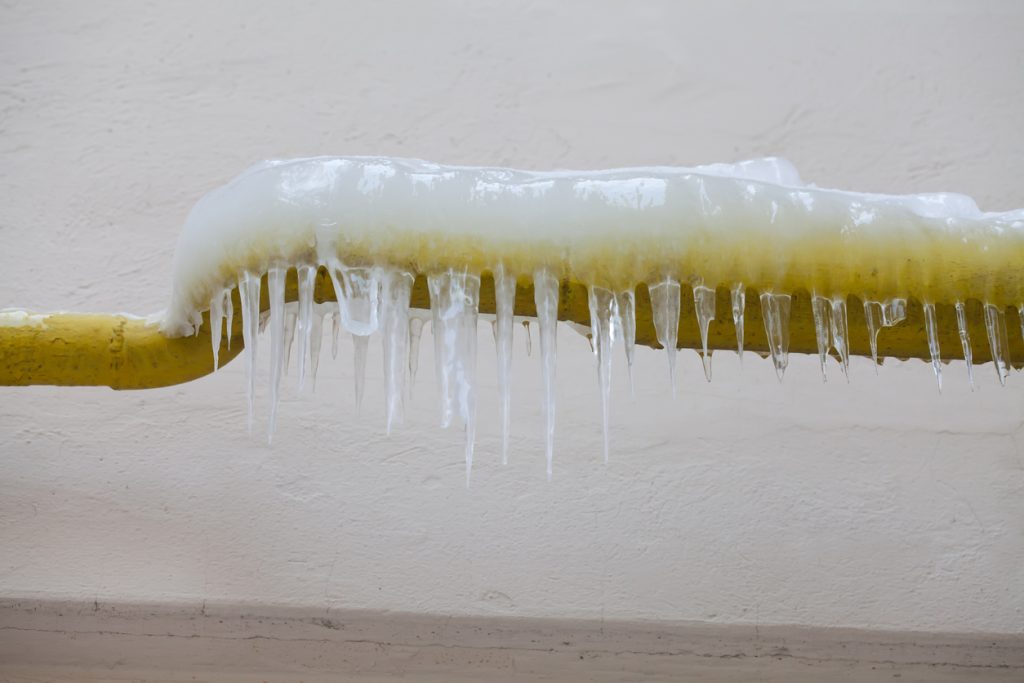Tips for Preventing Frozen Pipes in Winter: Expert Tips
Tips for Preventing Frozen Pipes in Winter: Expert Tips
Blog Article
What are your thoughts with regards to How To Avoid Freezing Pipes?

Cold weather can ruin your plumbing, particularly by freezing pipes. Here's just how to avoid it from occurring and what to do if it does.
Introduction
As temperature levels drop, the threat of frozen pipelines increases, possibly leading to expensive repairs and water damage. Recognizing exactly how to prevent frozen pipes is critical for home owners in cold climates.
Comprehending Icy Pipelines
What causes pipelines to ice up?
Pipelines ice up when revealed to temperatures listed below 32 ° F (0 ° C) for extended durations. As water inside the pipelines ices up, it expands, taxing the pipeline wall surfaces and potentially triggering them to burst.
Risks and damages
Frozen pipes can lead to supply of water interruptions, building damages, and costly repair services. Burst pipelines can flooding homes and trigger comprehensive architectural damages.
Signs of Frozen Piping
Determining frozen pipes early can avoid them from bursting.
Just how to identify icy pipes
Try to find decreased water circulation from taps, unusual smells or noises from pipelines, and visible frost on subjected pipelines.
Prevention Tips
Shielding vulnerable pipes
Cover pipelines in insulation sleeves or utilize warmth tape to safeguard them from freezing temperatures. Concentrate on pipelines in unheated or exterior areas of the home.
Home heating strategies
Maintain indoor rooms appropriately warmed, specifically locations with pipes. Open cupboard doors to enable warm air to circulate around pipes under sinks.
Safeguarding Outdoor Pipes
Yard hose pipes and outdoor taps
Separate and drain pipes yard hose pipes prior to winter months. Mount frost-proof spigots or cover exterior faucets with insulated caps.
What to Do If Your Pipelines Freeze
Immediate actions to take
If you presume frozen pipelines, keep taps open to soothe pressure as the ice thaws. Use a hairdryer or towels soaked in warm water to thaw pipes gradually.
Long-Term Solutions
Structural modifications
Take into consideration rerouting pipes away from outside wall surfaces or unheated areas. Add added insulation to attics, basements, and crawl spaces.
Upgrading insulation
Invest in high-grade insulation for pipelines, attics, and walls. Proper insulation helps preserve regular temperature levels and decreases the risk of icy pipelines.
Conclusion
Avoiding frozen pipes requires proactive procedures and fast reactions. By comprehending the causes, indicators, and safety nets, property owners can protect their plumbing during winter.
5 Ways to Prevent Frozen Pipes
Drain Outdoor Faucets and Disconnect Hoses
First, close the shut-off valve that controls the flow of water in the pipe to your outdoor faucet. Then, head outside to disconnect and drain your hose and open the outdoor faucet to allow the water to completely drain out of the line. Turn off the faucet when done. Finally, head back to the shut-off valve and drain the remaining water inside the pipe into a bucket or container. Additionally, if you have a home irrigation system, you should consider hiring an expert to clear the system of water each year.
Insulate Pipes
One of the best and most cost-effective methods for preventing frozen water pipes is to wrap your pipes with insulation. This is especially important for areas in your home that aren’t exposed to heat, such as an attic. We suggest using foam sleeves, which can typically be found at your local hardware store.
Keep Heat Running at 65
Your pipes are located inside your walls, and the temperature there is much colder than the rest of the house. To prevent your pipes from freezing, The Insurance Information Institute suggests that you keep your home heated to at least 65 degrees, even when traveling. You may want to invest in smart devices that can keep an eye on the temperature in your home while you’re away.
Leave Water Dripping
Moving water — even a small trickle — can prevent ice from forming inside your pipes. When freezing temps are imminent, start a drip of water from all faucets that serve exposed pipes. Leaving a few faucets running will also help relieve pressure inside the pipes and help prevent a rupture if the water inside freezes.
Open Cupboard Doors
Warm your kitchen and bathroom pipes by opening cupboards and vanities. You should also leave your interior doors ajar to help warm air circulate evenly throughout your home.

Do you like reading about How to Prevent Your Pipes From Freezing? Write a review down the page. We will be delighted to know your ideas about this review. We are looking forward to see you back again before long. So long as you liked our blog entry kindly make sure you remember to share it. Kudos for your time. Please pay a visit to our blog back soon.
At This Website Report this page